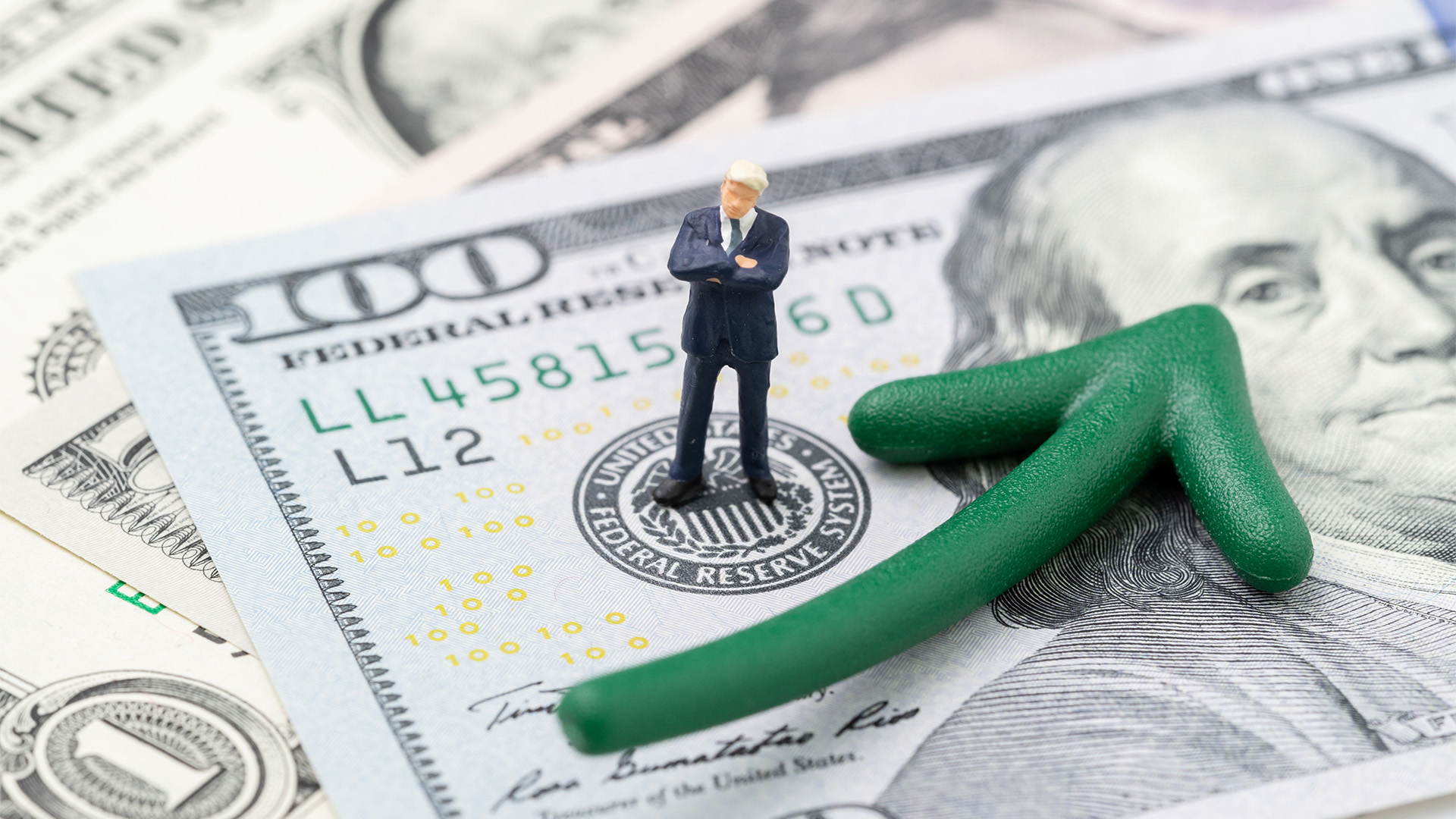US interest rates are anticipated to remain elevated for an extended period following the surprising surge in July's retail sales, which exceeded expectations.
The robust 0.7% increase (compared to a forecast of 0.4%) and a revision for June from an initial 0.2% rise to 0.3%, have prompted a couple of US economists to speculate whether the current annual rate of US economic growth might be as high as 5%. This stands in stark contrast to the initial estimate of 2.4% growth in GDP for the June quarter.
The prevailing consensus among analysts is that the Federal Reserve (Fed) could find itself compelled to raise interest rates at its upcoming meeting in September, a departure from its previously expected stance of maintaining the status quo.
Retail sales primarily encompass goods (with most services excluded) and are not adjusted for inflation. The recent surge likely benefited from Amazon's Prime Day promotion last month.
Should this indeed be the case, the August sales data is expected to show a decline as consumers scale back their spending. This phenomenon occurred last December when sales contracted by 2.1% following a surge in purchases during Black Friday sales after Thanksgiving.
Excluding categories like automobiles, gasoline, building materials, and food services, core retail sales experienced a notable 1.0% surge in July. Meanwhile, the June data was adjusted downward, indicating that these core retail sales grew by 0.5%, rather than the previously reported 0.6%.
These core retail sales figures most closely align with the consumer spending component of GDP.
Although consumer spending slowed in the second quarter in comparison to the first quarter, the rise in retail sales was substantial enough to contribute to the unexpectedly robust initial growth estimate of 2.4%.














